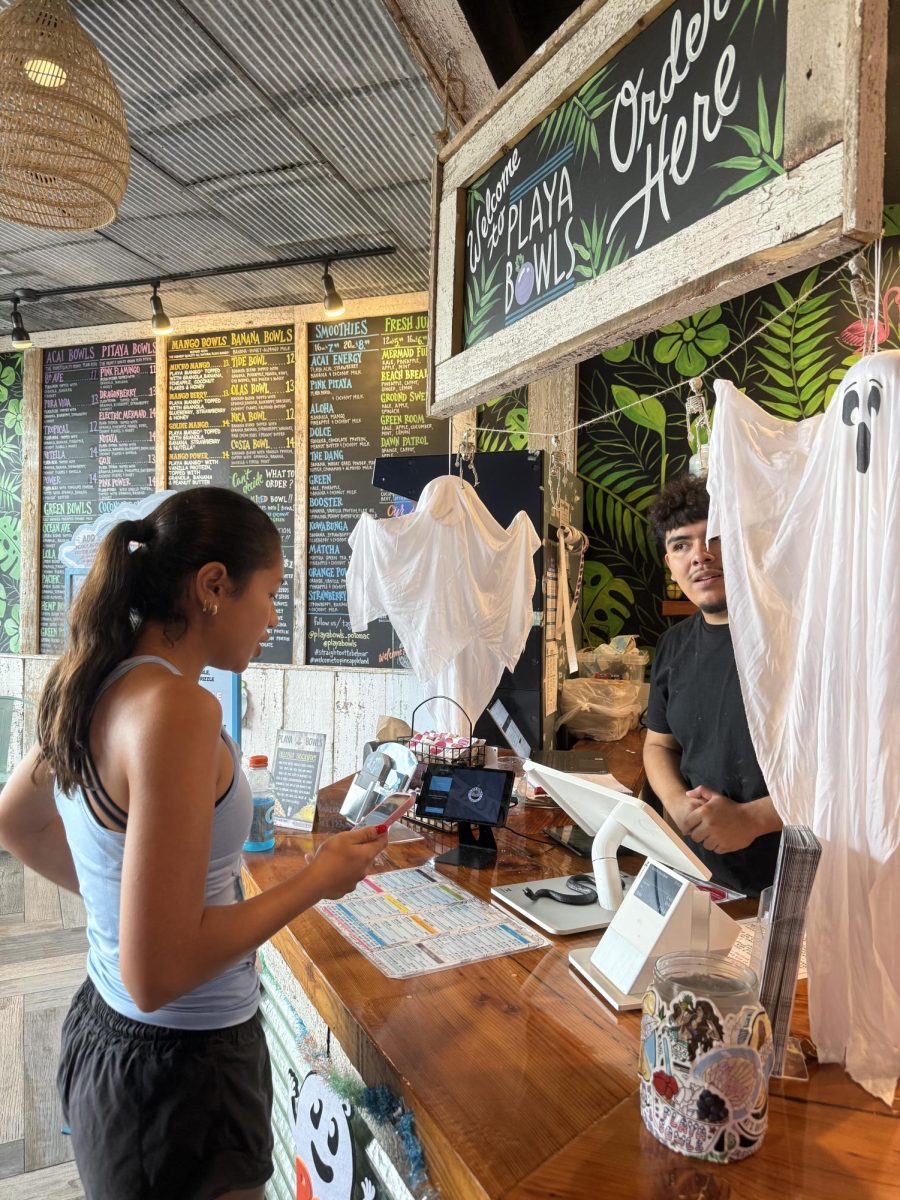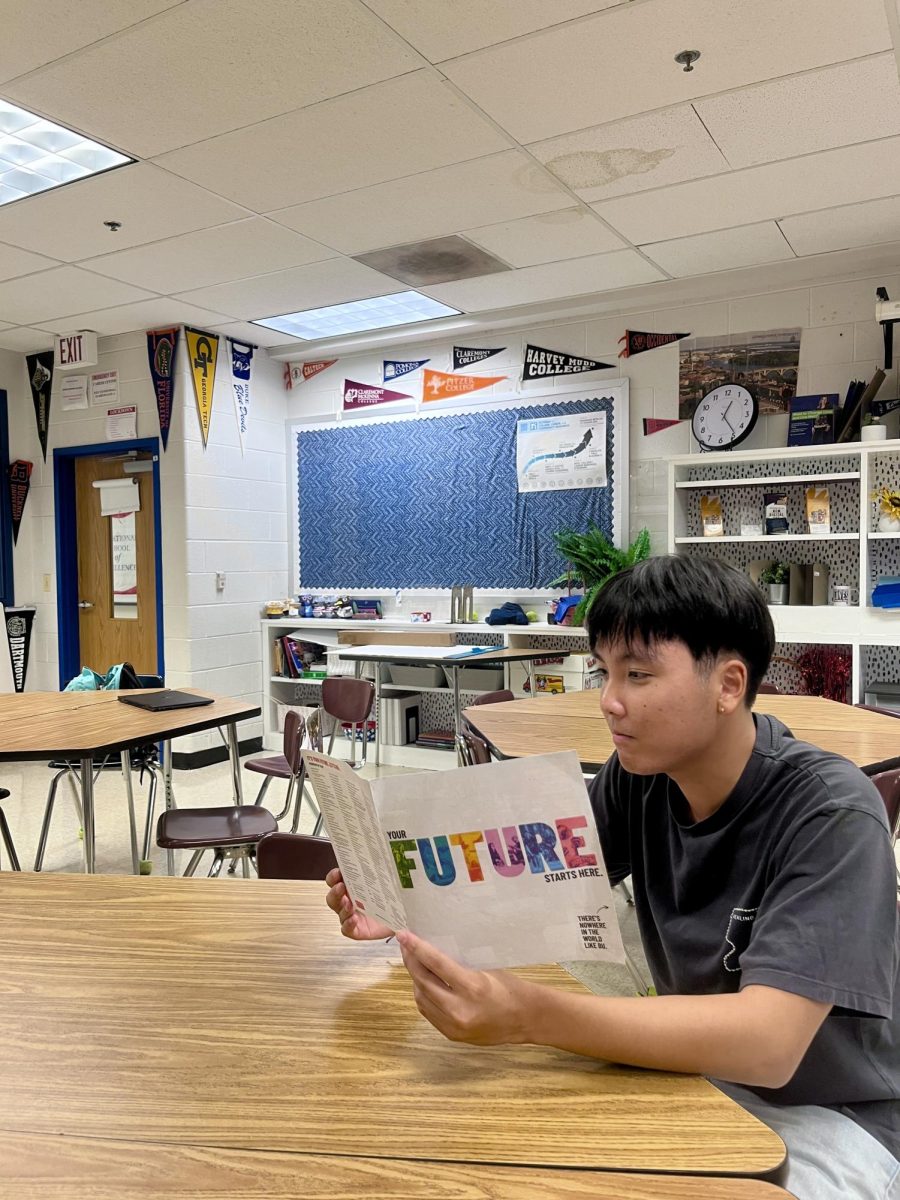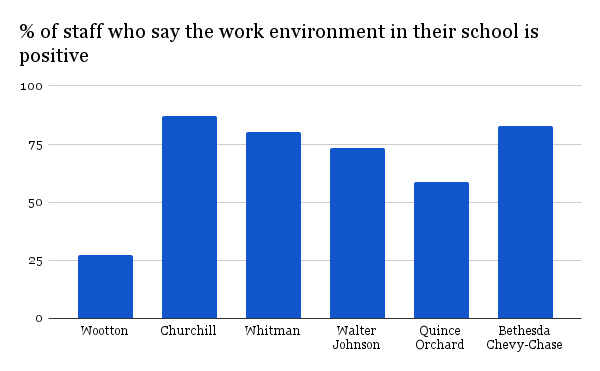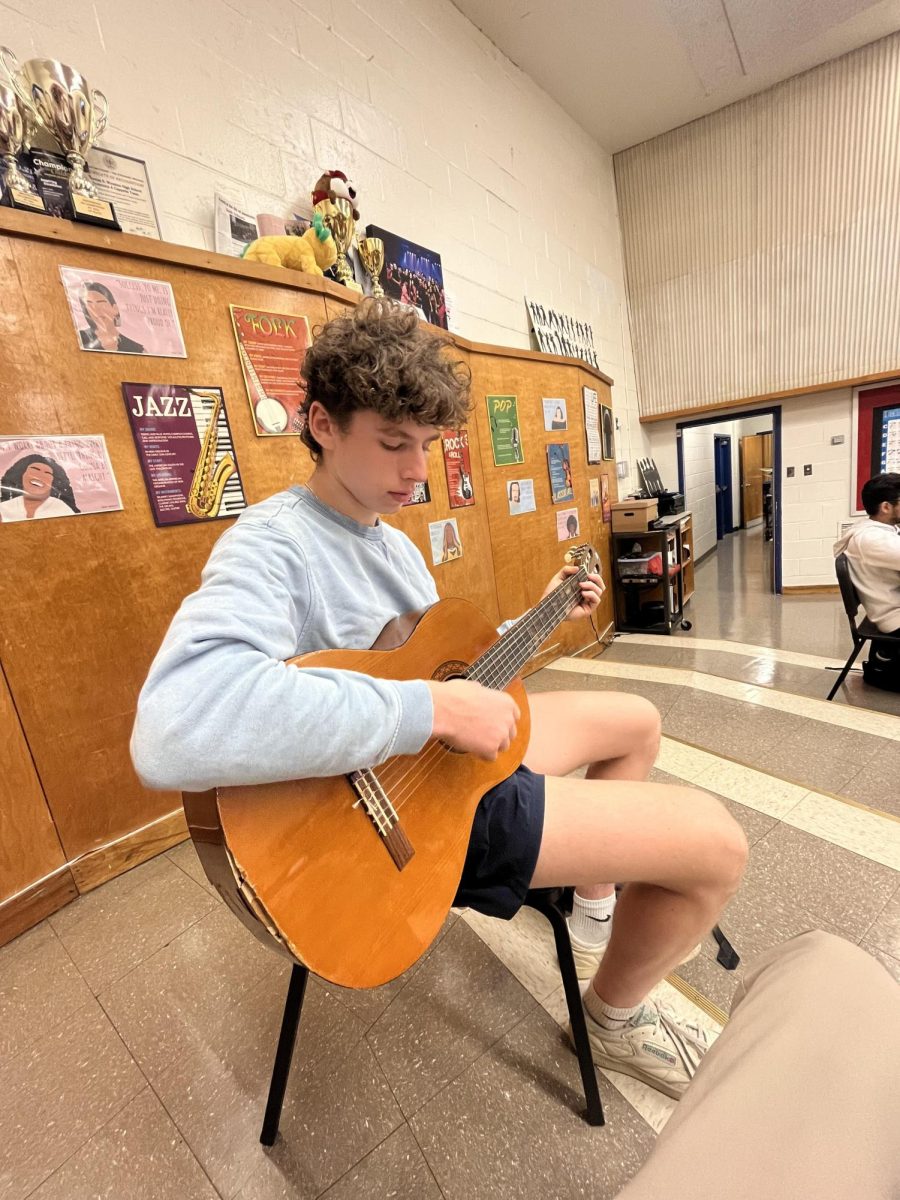To some, it feels like a type of drowning. You are gasping for air, desperately fighting to escape the distorted water that surrounds you. To others, it feels like a prison, where you are convinced that everything you do or say is wrong until, over time, captivity and isolation become your new normal. Yet despite your suffering, you don’t feel that you can leave. You are bound and held underwater by the one you love, sometimes even beyond your own understanding.
Domestic abuse, defined by the U.S. Department of Justice as “a pattern of abusive behavior in any relationship that is used by one partner to gain or maintain power and control over another intimate partner,” is a problem that seethes under the surface in American society. It is largely perceived as an uncommon, taboo behavior, especially in affluenza-stricken Montgomery County, but the fact is that in America, one in three women and one in four men will be a victim of physical abuse in his or her lifetime. The phrase “domestic abuse” is frequently rejected by teens, as it brings up notions of marriage and homeownership, so for the purposes of this article, let’s call domestic abuse among students at this school something else: dating abuse.
Among students, the prevalence of physical dating abuse pales in comparison to that of verbal and emotional abuse. Insecure in their social status and eager to cling onto someone they love who gives them the romantic and sexual attention they desire, teenagers employ manipulative and restrictive techniques to hold onto their relationships. The unfortunate victims, many of whom are historically high-achieving and cheerful students, withdraw into themselves and develop a sense of dependency on their significant others.
Although this type of unhealthy situation sounds awful, leaving it can be a Herculean task. Rather than fitting the mold of the “perfect abuser” that popular media tends to portray, abusers are not perpetually negative. It is common for an abuser to follow a degrading episode with a “honeymoon period,” in which he or she treats the victim with kindness and respect, even buying him or her lavish gifts to win forgiveness. After this period, victims might find it ridiculous or cruel to try to leave the relationship or discuss crucial boundaries. Victims can also begin to qualify their self-esteem based on the approval and praise of the abuser, rendering the thought of a breakup not only unappealing, but a shattering loss of identity.
This type of relationship may sound extreme to some readers, but it occurs within the school community to a shocking extent, according to a survey of 250 students where participants tallied columns marked with specific abusive tactics to signify that they had witnessed that tactic being used. Unhealthy dating behaviors are glorified by retweets and shares, singing the praises of a phone-scouring girlfriend or an overprotective boyfriend.
Emotional abuse
Relationships in high school have the potential to be loving and healthy, but they often involve controlling behavior that a professional would characterize as abusive. One of the most popular tactics in this range is restricting the victim’s social choices, effectively isolating him or her from the surrounding world. “I know too many people who feel like they can’t hang out with friends or go certain places because their significant other will get upset,” senior Kate Garmer said.
This technique is destructive because it can reduce the amount of supportive friends that the victim has and prevent him or her from investing in activities that cultivate a successful future. But with text posts on Tumblr and vines where a man won’t let his girlfriend leave the house if she’s dressed in a manner he deems inappropriate, social media normalizes abuse among teenagers. Approximately 71 percent of students here know someone whose significant other exhibits this sort of restrictive behavior.
The abuse becomes more blatant when it reaches the point of verbal bullying or harassment. Statements of the victim’s worthlessness and incompetence can, counterintuitively, expand the abuser’s power and prevent the victim from leaving the relationship by convincing him or her that he or she does not deserve better. Abusers can also manipulate their partners into acting timidly, feeling the need to constantly apologize and walking on eggshells to avoid an aggressive outburst. About 61 percent of students know someone whose significant other verbally bullies, harms, harasses or abuses him or her.
Upon an attempt to leave the relationship, a last effort at abuse may occur: the abuser threatens to harm him or herself or the victim if they break up. This tactic is used to manipulate the victim into staying, and can be heartbreakingly effective, as the victim might still care deeply about the abuser’s welfare. About 44 percent of students know a victim of a threat like this. “It’s so easy to value the people you love over yourself,” senior Roma Venkateswaran said.
Physical abuse
Direct, physical dating violence seems like it is disconnected from the environment of this school, but it does have a presence; approximately 19 percent of students know someone who has been hit by his or her significant other. Physical violence is commonly performed in private, so the friends and family of the victim rarely know about the attack until much later, causing such acts of violence to be surrounded by stigma and stereotyping.
Even though dating violence is generally associated with aggressive hitting, punching or kicking, it can emerge in other manifestations as well. For instance, some people will intimidate their partners by pushing them up against a wall or pinching and slapping them in a degrading and painful manner. Sexual violence can also be considered as part of this category. The power and control dynamics characteristic to abuse can come to light when one partner forces or pressures the other into entering a sexual relationship with which the partner is uncomfortable or does not consent.
Since physical and sexual violence are so stigmatized, victims in the school community tend to keep their experiences to themselves to protect their reputations and self-image. Students here are encouraged to be independent, strong and self-confident, and while those are valuable traits, the desire to retain an ethos of strength and intelligence can prevent them from admitting to themselves and others that they are being manipulated. “I think it’s part of that stigma that there’s a cultural idea about the type of person that’s in an abusive relationship,” senior AJ Stanislaus said. “There’s an idea of weakness.”
Gender dynamics
Just as popular social media sources and TV shows portray a “perfect abuser,” they also paint a picture of the “perfect victim” — usually a meek, pretty and insecure girl who falls for a predatory boy and expresses her negative emotions in a reserved, melancholy and decidedly feminine way.
The stereotypes surrounding dating abuse have a lot to do with the perceived weakness of women; due to the proliferation of archaic gender roles, women are seen as delicate victims who are less likely to leave or fight back against abuse. Gender equality club Project Mystique discussed this mass stereotyping in their NO MORE Week campaign last year.
However, dating abuse is nearly as prevalent among men as it is among women, even though situations where a man is abused are more likely to be the subject of ridicule and criticism of the victim’s masculinity. Violence against men is equally serious — just this month, Florida International University football player Jonnu Smith was victim to a physical attack where his girlfriend poured boiling water on him, marring his skin with severe burns. “It’s a stereotypical view that only boys can be abusive to girls, when really girls can be abusive too, and I’ve seen it happen both ways,” junior Hannah Bruckheim said.
Abuse can also involve social dimensions that blame a female victim for somehow inciting the abuser’s treatment of her, or slut-shame her by using her sexuality as blackmail or justification for violence. The popular stigma around female sexuality can be powerful in persuading women to remain in unhealthy relationships. “I think the fact that we still use the word ‘slut’ is highly problematic,” senior Jules Jacobs said. “Abuse is all about the overexploitation of power, and that exploitation starts with language.”
How to cope
Discovering that one is in an unhealthy or abusive relationship can be groundbreaking, and some high schoolers lack a concrete sense of how to react once they’ve come to that conclusion. There are several options that are possible and constructive, but the first step is to confide in a trusted adult. From there, one can discuss setting new boundaries and working to be more equitable and respectful with his or her significant other. There is also the option to leave the relationship, but in some scenarios, like when the abuser can begin stalking or might harm you or him or herself, this is not the safest option without professional support. The period directly after the breakup can be the most dangerous and volatile period in an abusive relationship, so having adult support is integral.
Having a friend who is enduring dating abuse can also be a frightening situation, but rest assured: there are plenty of strategies to help. When discussing the relationship, demonstrate care and worry for him or her by using “I-statements,” which convey concern without sounding accusatory and prompting the friend to get defensive. Listen patiently, provide words of affirmation and see if the friend is open to making a safety plan, but do not order the friend to leave the relationship. Telling someone to leave an abusive relationship might seem noble, but it actually can create a defensive reaction and lead to further isolation.
In the end, it is this community’s responsibility to support one another and commit to a strong denunciation of dating abuse. We are stronger as a group than we are in isolation.
If you are currently in an abusive situation, you can contact the Montgomery County Abused Person’s Program (240-777-4673), the National Teen Dating Abuse Helpline (1-866-331-9474) or the Covenant House Nineline (1-800-999-9999), all of which are 24-hour services.
Rachel Altman
Editor-in-Chief




![Editors-in-Chief Ahmed Ibrahim, Helen Manolis, Cameron Cowen, Alex Grainger, Emory Scofield, Hayley Gottesman, Rebekah Buchman and Marley Hoffman create the first print magazine of the year during the October press days. “Only a quarter of the schools in MCPS have programs that are like ours, a thriving, robust program. That makes me really sad. This is not just good for [the student journalists] to be doing this, it’s good for the entire community. What [student journalists] provide to the community is a faith in journalism and that continues for their lifetimes," Starr said.](https://woottoncommonsense.com/wp-content/uploads/2025/10/wmpoFTZkCPiVA3YXA4tnGoSsZ4KmnKYBIfr18p3l-900x1200.jpg)



